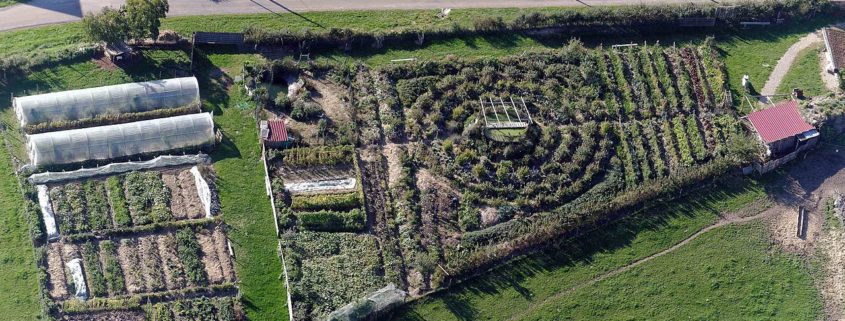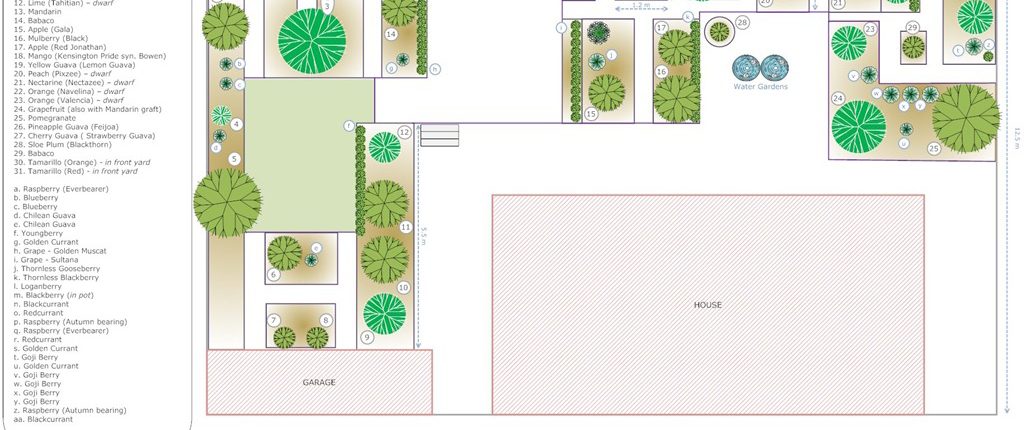
The Permaculture Design Principles are a set of universal design principles that can be applied to any location, climate and culture, and they allow us to design the most efficient and sustainable human habitation and and food production systems.
Permaculture is a design system that encompasses a wide variety of disciplines, such as ecology, landscape design, environmental science and energy conservation, and the Permaculture design principles are drawn from these various disciplines.
Design principles
Firstly, to introduce all the design principles we employ in Permaculture, here is a summary list with brief descriptions of each one where necessary, to provide a general overview of the areas they cover. The links below will direct you to the detailed articles on each of the design principles.
- Relative Location – every element is placed in relationship to another so that they assist each other
- Each element performs many functions
- Each important function is supported by many elements
- Efficient energy planning – for house and settlement (zones and sectors)
-Zone Planning
-Sector Planning
-Slope - Using Biological Resources – Emphasis on the use of biological resources over fossil fuel resources
- Energy Cycling – energy recycling on site (both fuel and human energy)
- Small Scale Intensive Systems
-Plant Stacking
-Time Stacking - Accelerating Succession and Evolution – Using and accelerating natural plant succession to establish favourable sites and soils
- Diversity – Polyculture and diversity of beneficial species for a productive, interactive system
-Guilds - Edge Effect – Use of edge and natural patterns for best effect
- Attitudinal Principles
-Everything works both ways
-Permaculture is information and imagination intensive


